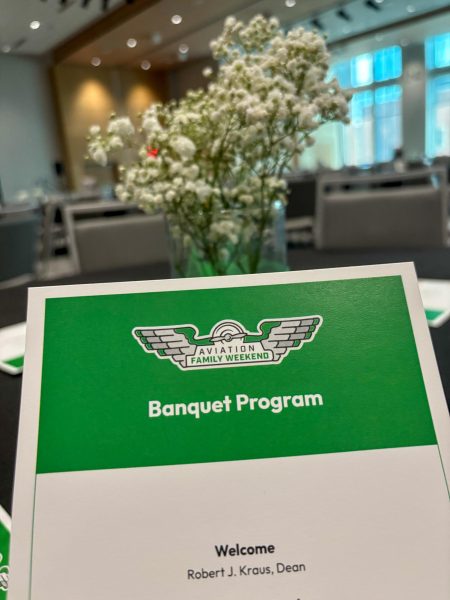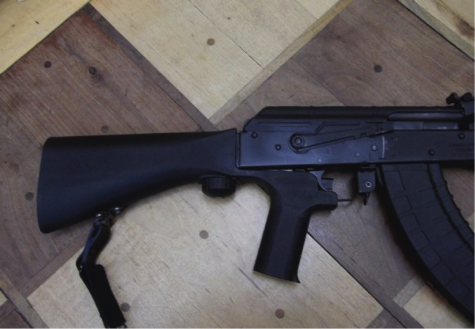Catfish season is well under way on the Red River
The Red River of the North is often thought of as one of the premier catfishing locations in the Midwest, and for good reason. An abundant food supply allows for high numbers of eating size 2 to 6 pound catfish, but also regularly produces trophy size 20 plus pound fish. Although the dog days of summer are usually considered the best time to catch monster catfish, early fall can still be a great time to catch cats before the cold winter temperatures makes them sluggish.
The following is the blueprint for a basic setup for catfishing on the Red River, along with a few tips on how to catch more fish.
Gear
While smaller cats can easily be handled on a light to medium weight setup, the potential for a trophy-sized catfish is too high to worry about an under-weighted rod and reel combo. For bank fishing, a seven-foot medium-heavy to heavy rod coupled with a large spinning or baitcasting reel is the best choice. While it may seem a little overpowered for smaller fish, you’ll want a rod with some backbone if you chance into a large cat.
When choosing a line, bigger is better. Catfish rarely line shy primarily find food by taste rather than sight, and are very rarely line shy in the dark and murky water they are typically found in. 50 plus pound braid is a great choice for average river conditions, and 25 to 30 pound monofilament being the best option for rocky sections of the river. Nothing is worse than seeing expensive new braid slowly fraying on river rocks, and heavy mono is a much more abrasion resistant alternative.
Terminal Tackle
The slip sinker rig, one of the most common rigs for catfish, is a simple and versatile setup for most river conditions. It consists of a sinker above a large swivel, followed by a 18 to 24 inch section of heavy 40 to 50 pound monofilament or fluorocarbon line.
Sinker size is entirely dependent on the speed of the river. With a slow or stagnant current, you can get away with a light one to two-ounce sinker. But in a fast current, a six to eight ounce sinker may be necessary to keep the bait on the bottom.
There are two main options for hooks on the end of the slip sinker rig. A 6 to 1 size treble hook can make for a solid hook set, but it can be extremely difficult to remove the two or more prongs from a writhing fish’s mouth without injuring the animal. Another good choice is a large 1/0 to 5/0 size circle hook. A circle hook is designed to humanely snag the soft corner of a fish’s mouth, and once hooked it is very difficult for the fish to throw the hook.
Bait
While factory-prepared baits are available at most sporting goods stores, it’s hard to go wrong with fresh cut bait. A suckerfish or a mooneye cut into one-inch sections are both great options, as they stay on the hooks well and put a lot of scent into the water. While suckers and shad can also be purchased from a store, they can also be caught on a hook in line. The two baitfish are typically found in the same waters as catfish, and can be a cheaper alternative to store bought bait.
Suckers can be caught with a small jig tipped with a worm, and it’s important to keep the bait on the bottom. Mooneye, also called goldeye, are a predatory shad that can be readily caught on a spinner, small spoon or small jigged tipped with a minnow. Mooneyes typically travel in large schools, and if one is caught, there are usually many more in the area.
Brendan McCabe is the features editor for The Dakota Student. He can be reached at brendan.mccabe@my.und.edu









